Artist and Youtuber Emily Sim (Emirichu) Paints Her Life in Japan
A Modern-Day Online Storyteller
Storyteller and online content creator Emily Sim shares the details behind her move to Japan, and the impact living here has had on her creative journey.
Inspired by manga and anime, Emily Sim of the Emirichu YouTube channel, started drawing as soon as she could hold a pencil. She is a native New Yorker but moved to California when she was 15, around the same time she started taking drawing more seriously.
In 2017, while trying to figure out her career path, she started uploading videos to her YouTube channel sharing stories of her life accompanied by hand-drawn renderings of her friends and adventures. These story-time videos are what endeared her viewers to her channel. As her audience grew, she started taking on sponsorships and soon realized she could focus her career on YouTube. Her earnest and heartfelt storytime videos have since earned her more than three million YouTube subscribers.
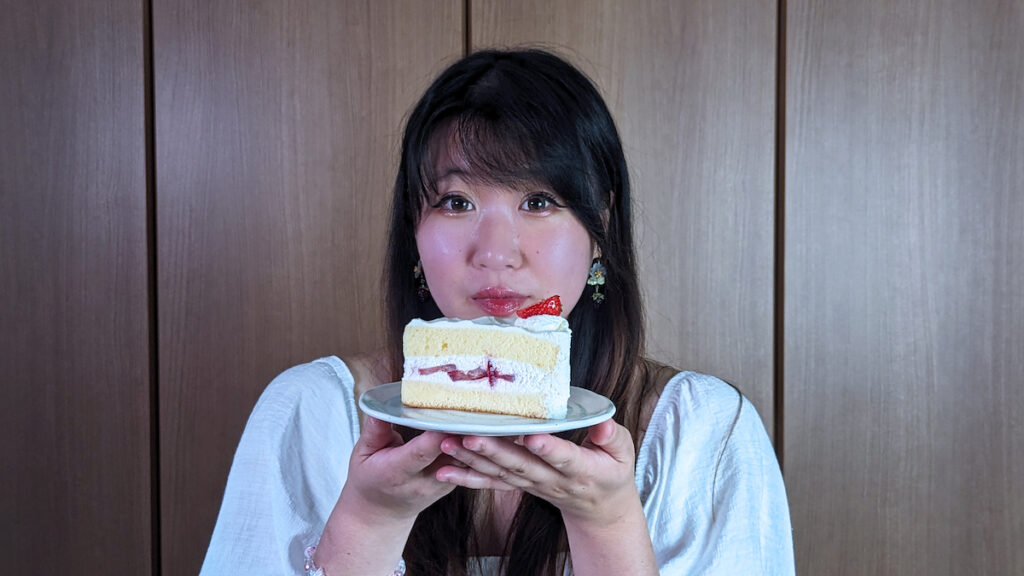 © Photo by Emily Bushman
© Photo by Emily BushmanIn the search for some new, interesting stories to tell, she moved to Japan in 2022 to work with GeeXPlus, a company known for talent management and media. Since then, she’s added a variety of Japan-inspired content to her channel. We sat down together in a My Dress-Up Darling collaboration cafe to talk about her time in Japan.
What brought you over to Japan?
GeeXPlus was looking for creators who could make content in Japan to connect with an international audience, so they reached out to me. Since a lot of my art is influenced by anime, it seemed like the perfect place for me to create more content. Although I was initially unsure about packing my life up and moving to Japan, I realized moving here was a once-in-a-lifetime opportunity. Plus, after all the lockdowns during the recent pandemic, I was really craving a new work environment.
How has living in Japan impacted your creative journey?
Getting to experience another culture and try new things has been so fulfilling. In a way, it’s given me too many ideas to keep up with! Since story-time content mostly revolves around talking about life experiences, I felt it was only natural to share the new experiences and memories I’ve been making here in Japan.
There are many videos on my channel now that wouldn’t exist if I weren’t living in Japan—like my collaboration cafe series or visiting Awaji Island.
Japan is a country that is so rich, and for many people, it’s a place they want to see and experience at some point in their lives. So living here has made me think more about my audience and what they want to experience. When I go out, I now vlog what I do because people want to see what life in Japan is like. I love combining vlog footage with my drawings. There are many videos on my channel now that wouldn’t exist if I weren’t living in Japan—like my collaboration cafe series or visiting Awaji Island.
What is a collaboration cafe? And how did your series on them start?
Collaboration cafes are designed for fans who want to support a famous artist or their works. Basically, cafes collaborate with popular artists and sell merchandise and food that’s themed around their work—like anime or manga for example.
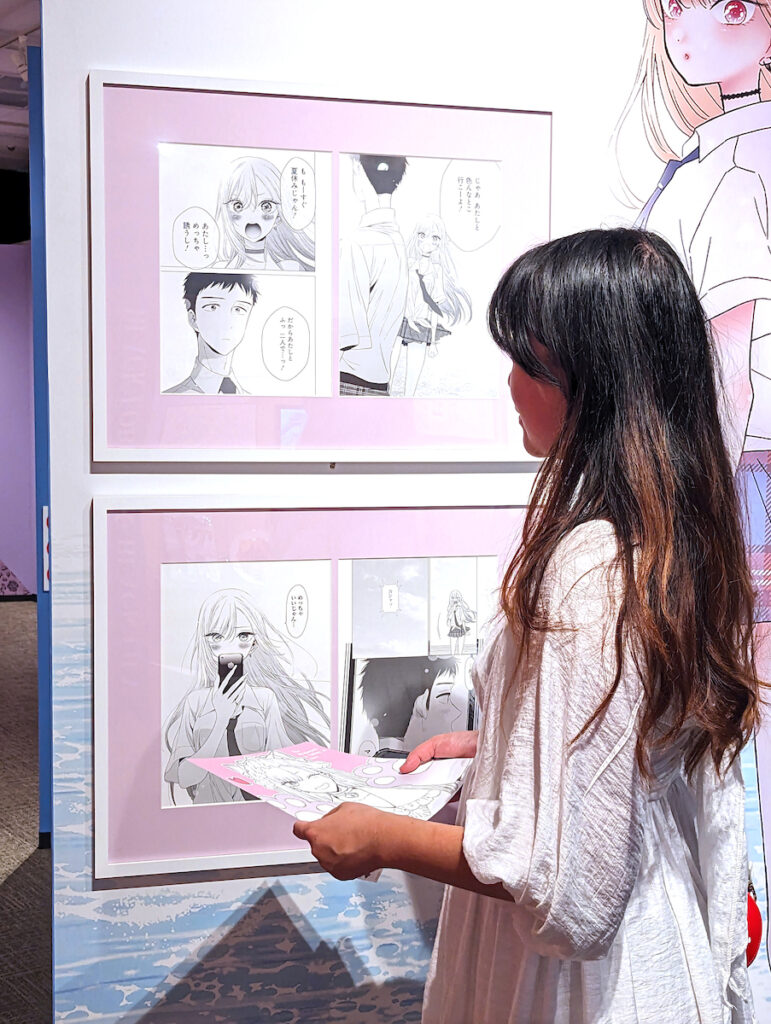 © Photo by Emily Bushman
© Photo by Emily BushmanWhen I first moved to Japan, a viewer tagged me in a social media post about an Arina Tanemura collab cafe and asked if I could please go to review it. I’ve been to over 40 of them since! They’re really popular here, but unfortunately, many of the cafes are only open temporarily and usually end by the time my international viewers have the chance to visit them.
Is that what inspired you to keep visiting the cafes?
The limited-time exclusivity definitely gives my viewers a reason to watch. The cafes also provide great storytime content for videos that I can’t really get anywhere but Japan. My audience has been liking the Japan-focused vlog content, so making videos about collab cafes is a great way to show my audience a fun part of Japan many people don’t get the opportunity to see.
How has Japan influenced your art style? Has living here changed anything?
My art has always had a very anime-esque style. It’s very heavily influenced by anime and manga–especially shojo manga. Being surrounded by the same art styles that inspired me as a child has been surreal, and living here has given me an opportunity to examine art in a new light. I’ve recently been really into manga exhibits, which is where they display a manga artist’s original manga pages, and being able to look at the very same pages that I read in my formative years (like Yotsuba&! and Death Note) has been so inspiring. You can see details that don’t show up in the final versions, like the brush strokes, the white-out marks, the sketches they do underneath the line art. Getting to see the artistic process of actual legends is really informative. Living here hasn’t exactly changed my style, but it has given me a new appreciation for the pioneers of the anime and manga art style, and the work that goes into getting it to look right. I’m constantly surrounded by artistic inspiration, which I think is something I was running low on during lockdown.
Has your growing popularity impacted your personal life at all?
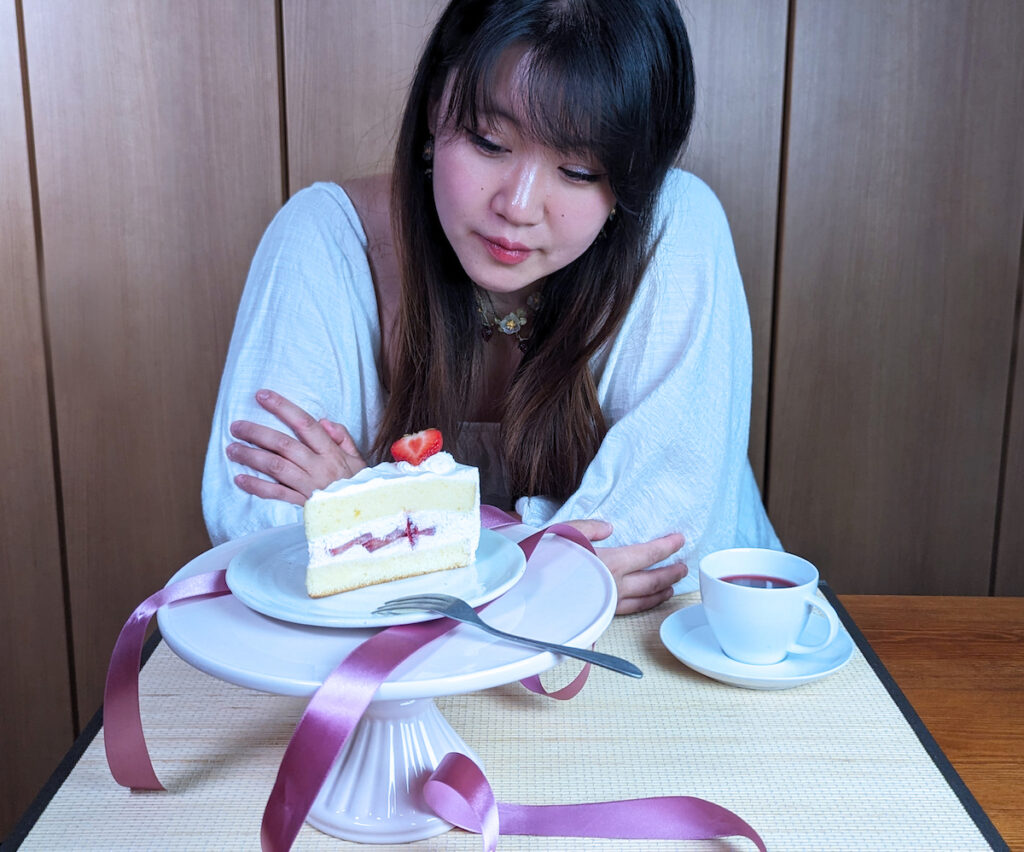 © Photo by Emily Bushman
© Photo by Emily BushmanMy life has definitely changed in ways I didn’t ever think it would. Things like working in Japan, guesting at international conventions or just being able to draw for a living would never have been possible if I hadn’t decided to upload a video on YouTube one day out of boredom for people to see. I’m extremely grateful to everyone who helped me get to where I am today.
Your story-time art sequences sometimes touch on deeper emotions and personal experiences. How do you balance sharing these moments with your audience while maintaining your privacy and well-being?
I share only what I’m comfortable with, which is honestly mostly everything, but there are a few things I’ll keep to myself. Back when I was scripting my video about my Asian-American identity crisis, I’d been sitting on that script for well over a year and I knew I wasn’t ready to share or draw it yet because I couldn’t get through it without crying. I was worried about how it’d be received. Once I did eventually make and upload it, it made me really happy to see that it resonated with so many people and it’s now one of my favorite videos. If I don’t feel ready to see hate comments on a certain topic, it simply stays in the drafts until I am—that’s my rule of thumb.
Do you have any other creative projects or aspirations you’d like to pursue in the future?
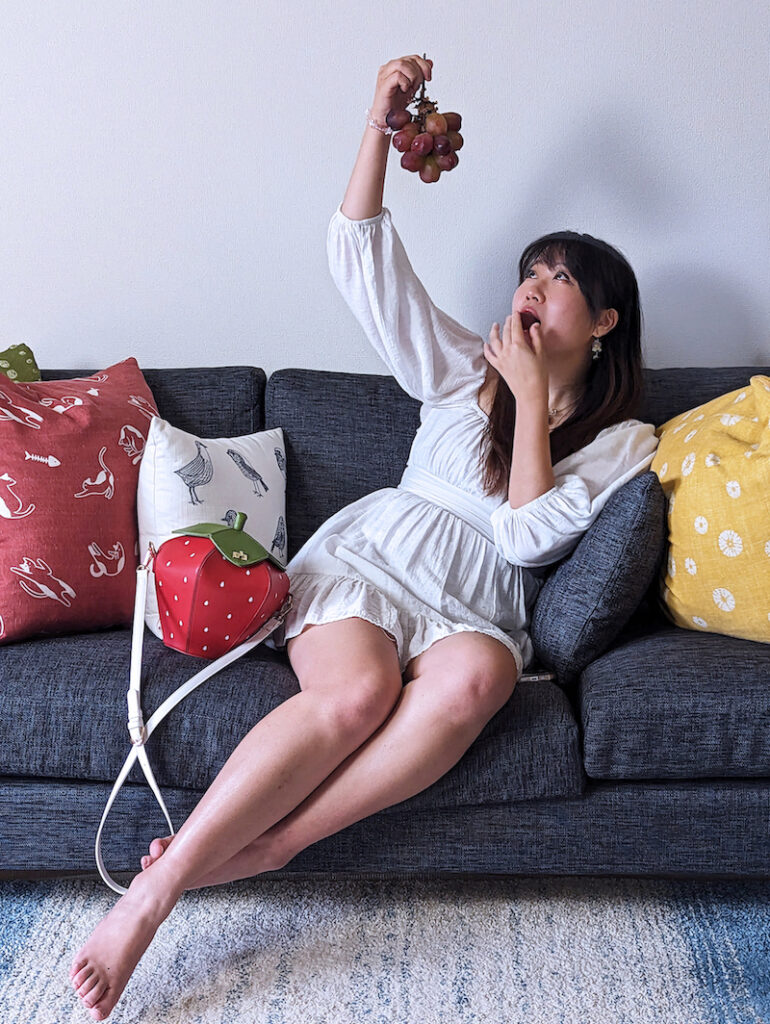 © Photo by Emily Bushman
© Photo by Emily BushmanI’d love to publish my own story one day, maybe in manga or comic form! It seems like a lot of work but it’s been a dream of mine since I was a kid.
What are your long-term goals for your channel and your career as an animator in Japan?
I’ve already gotten so much farther than I ever thought I would. I guess my long-term goal is to continue improving my creative skills so I can do what I love even if I transition away from YouTube one day. I really love living in Japan and think I’ll be here for as long as I can, or until my partner or I really want to settle elsewhere.
What advice would you give to aspiring artists or those who want to work in a similar field to you?
Make sure you enjoy what you do. I’ve seen many of my peers burn out from either no longer having fun creating or feeling the stress and pressure from prioritizing the numbers from analytics. A personal rule I keep is—even if nobody asks for it, if it fulfills me creatively, then the time spent is worth it. And if you need to take breaks to maintain that passion and joy for creating, then take those breaks.
Visit Emily’s YouTube channel to see some of her stories, and to learn more about her!
Here’s the first installment of her collaboration cafe series:
Savvy Spotlight is a monthly feature introducing foreign and Japanese women at the frontline of what’s successful, contributing, cool, unique and interesting in the city. If you have anyone in mind you would like us to interview, leave us a comment below with your recommendations!





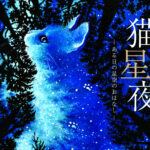




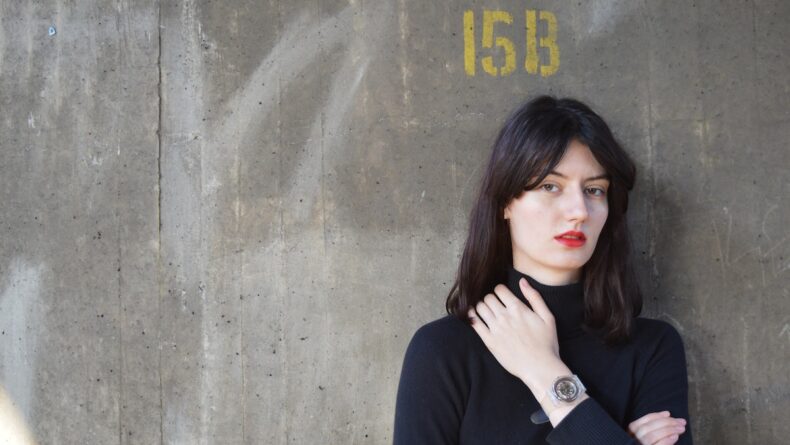
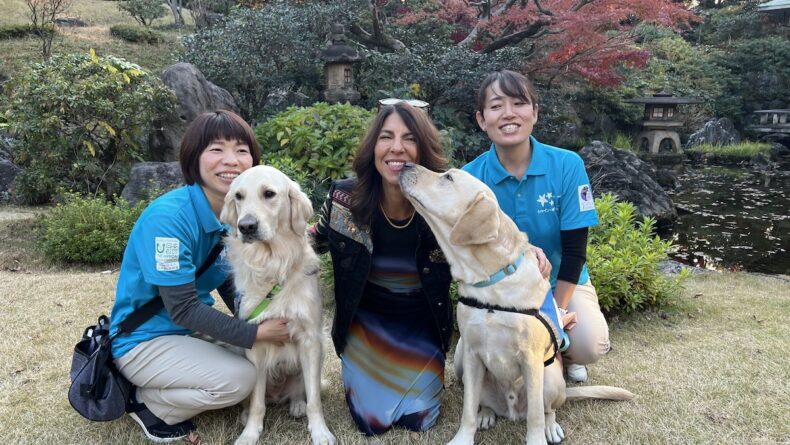
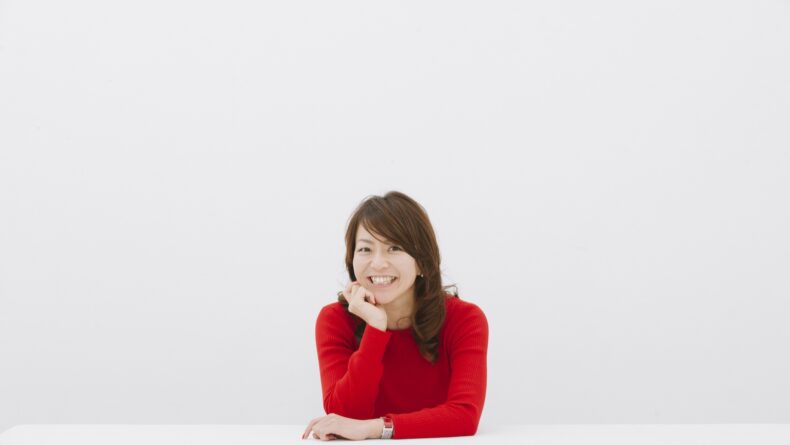
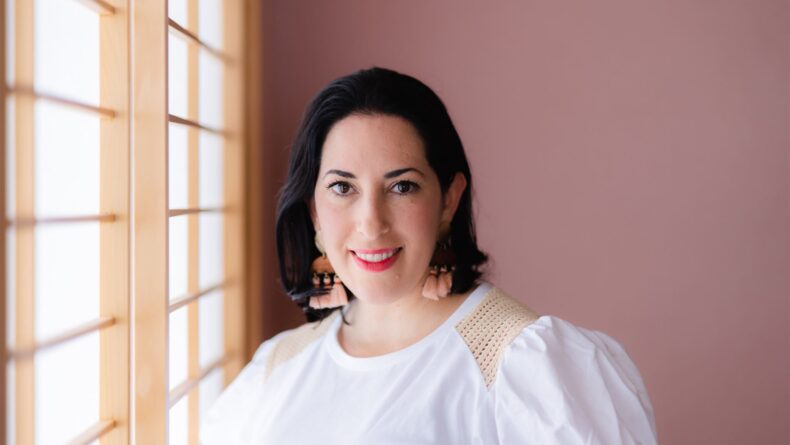
Leave a Reply